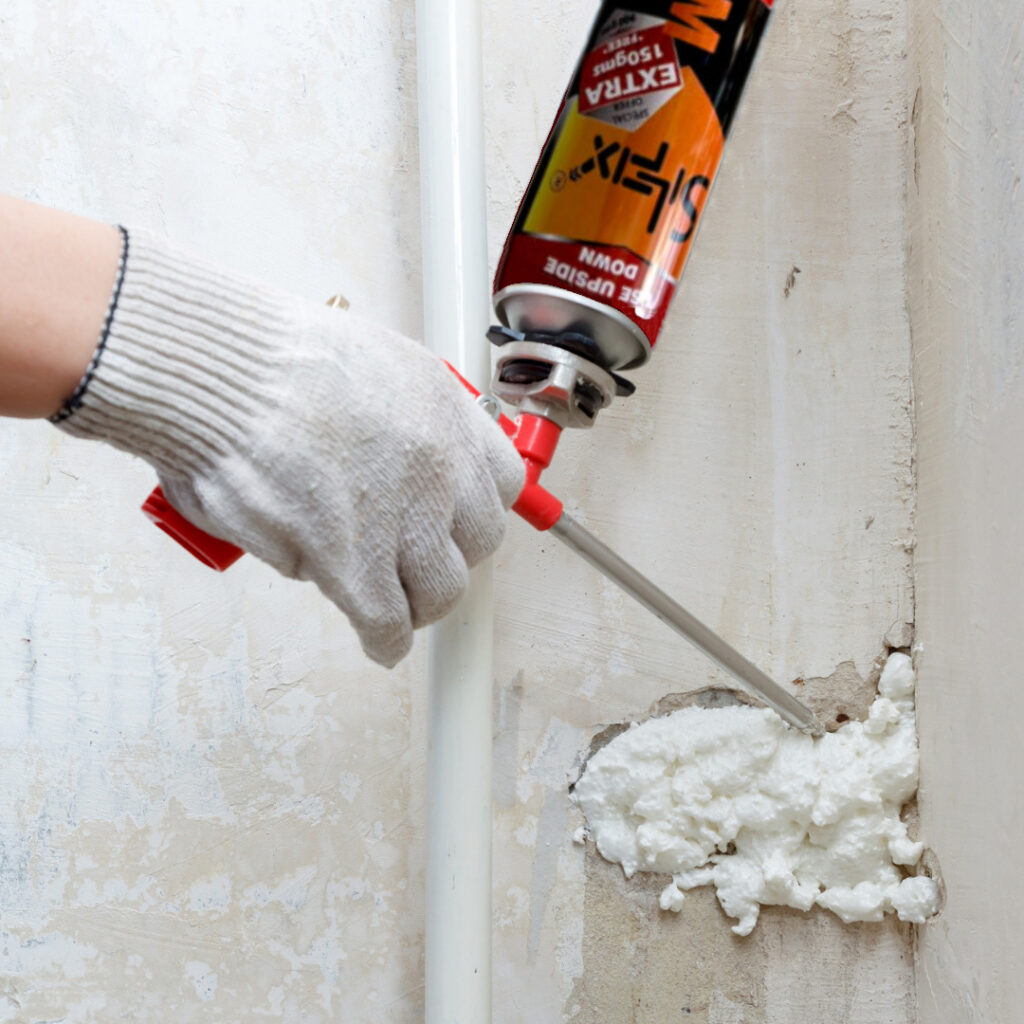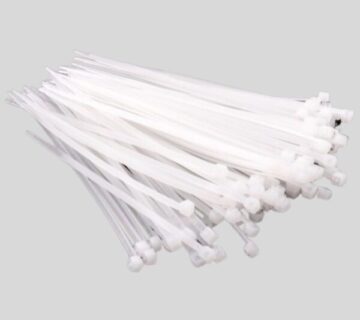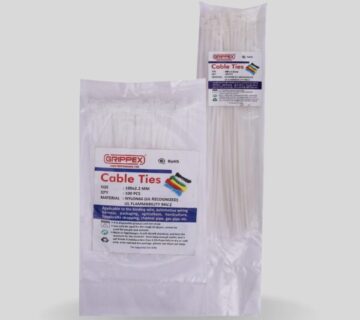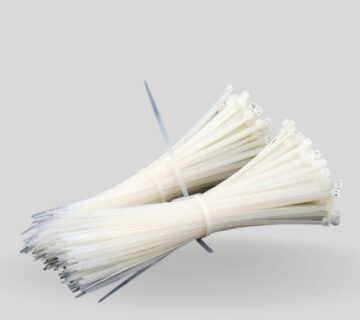Introduction:
In the rapidly evolving construction and DIY markets, PU Foam Insulation Sealant stands out as a game-changer. This blog explores the science behind PU foam, its unparalleled versatility across multiple industries, and the unique features that make it indispensable for modern building practices.
What is PU Foam?
Polyurethane (PU) foam is more than just a filler; it’s a high-performance insulation material that expands to fill gaps and hardens into a durable, insulating layer. Available in open-cell and closed-cell forms, PU foam adapts to diverse building needs—open-cell for indoor sound insulation and closed-cell for robust outdoor weather resistance.
Comprehensive Benefits:
- Thermal Insulation: Exceptional heat resistance that helps maintain indoor temperature, reducing heating and cooling costs.
- Acoustic Barrier: Excellent sound dampening properties make it ideal for residential and commercial buildings in noisy environments.
- Moisture and Air Seal: Creates airtight seals that prevent moisture ingress and air leaks, enhancing overall energy efficiency.
- Quick Curing: Fast-set formula speeds up project timelines, offering a strong bond within minutes of application.

Industry-Wide Applications:
- Building and Construction: Fills cracks and joints, providing a solid foundation against environmental elements.
- Automotive: Enhances comfort and safety by insulating vehicles against external noise and temperature fluctuations.
- HVAC: Seals ductwork to prevent energy loss, optimizing system efficiency.
- Marine: Ensures buoyancy and water resistance, critical for boat repair and manufacturing.
Real-World Use Cases:
- Residential Construction: Homebuilders use PU foam for insulating walls, sealing window frames, and waterproofing bathrooms.
- Commercial Spaces: In offices and retail environments, it’s used for floor leveling, fixing decorative elements, and enhancing soundproofing.
- Specialty Applications: Artists and designers utilize PU foam in sculptures and furniture, showcasing its versatility beyond conventional uses.

Features That Stand Out:
- Ease of Application: Comes with precision nozzles for exact application, reducing waste and mess.
- Eco-Friendly Options: Available in eco-friendly variants that minimize environmental impact without compromising performance.
- Durability: Resists weathering and chemical exposure, ensuring longevity and reliability.
Environmental Impact and Safety:
- Sustainability: Discuss the efforts made to produce more sustainable PU foam options.
- Safety Protocols: Outline the safe handling and application practices to ensure user safety and health.
Conclusion:
PU Foam Insulation Sealant is transforming the way we build and maintain our spaces. With its superior insulation properties, versatility, and ease of use, it represents the future of construction and DIY projects.






No comment